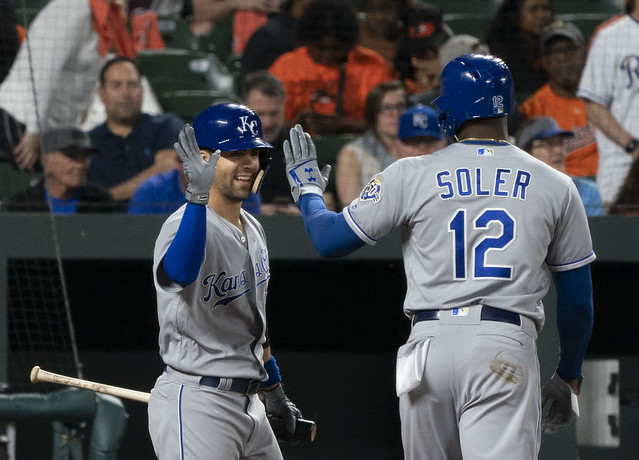Winter Meetings Snapshots: AL Central
Managers and front office executives have media obligations at the Winter Meetings, and here at FanGraphs we do our best to engage in, and report on, as any those sessions as possible. Today we’ll share some of what I learned in San Diego, with the five American League Central teams front and center.
———
How do trade talks typically work at the Winter Meetings? Twins President of Baseball Operations Derek Falvey touched on that subject as things were winding down in San Diego.
“A lot of it is continuation of previous conversations,” Falvey told a small group of reporters. “End of season, everyone kind of takes a breath and looks at what’s going on. Then you have the GM meetings and start a lot of the conversations. This is just an extension of that. In many ways, we sit in our suites and text, and call, other teams. We’re not necessarily even walking down the hall, or going to another floor.”
The Twins aren’t unique in that respect. I subsequently overheard an executive from a National League team saying he’s not sure if anyone came to their suite all week.
As for the level of non-face-to-face exchanges, some clubs were more engaged than others. The AL Central champs fit into the “less” category, their attention directed more toward non-trade acquisitions.
“Last year was a little bit slower Winter Meetings,” Falvey said of expectations going in. “Could it be slower again? We weren’t sure. If anything, this gave us some more clarity around what our next few weeks will look like. We’ve already assessed the players. I’ll say this: The conversations with teams seemed a little less frequent than the free agent conversations.” Read the rest of this entry »

